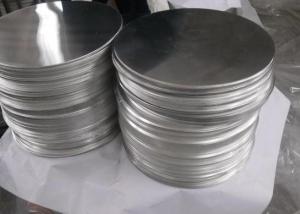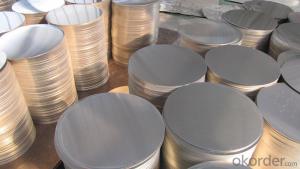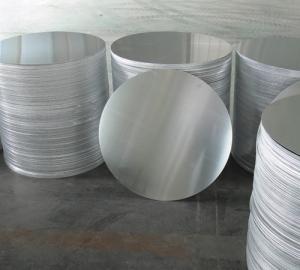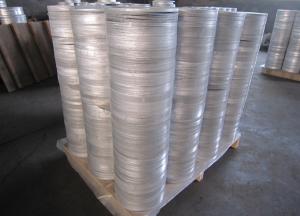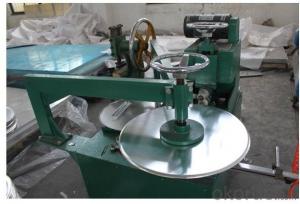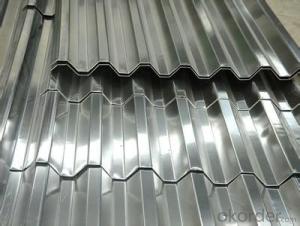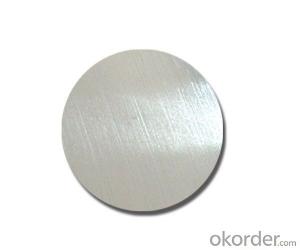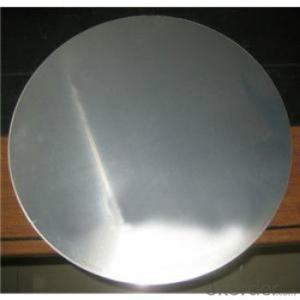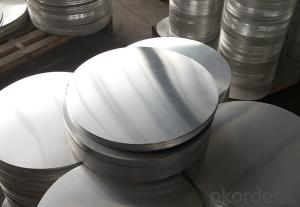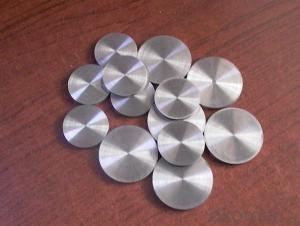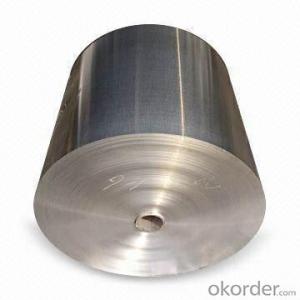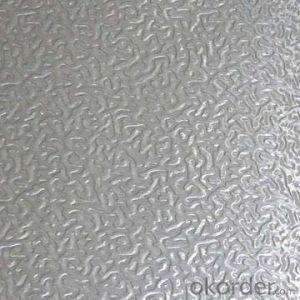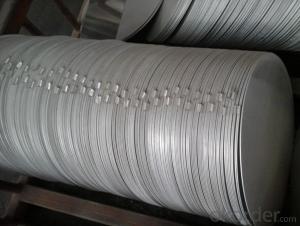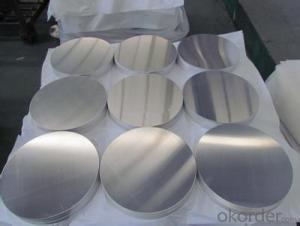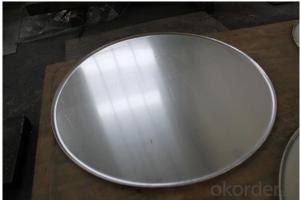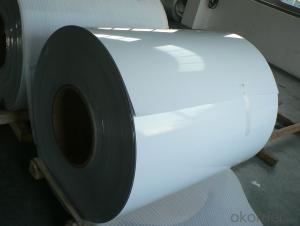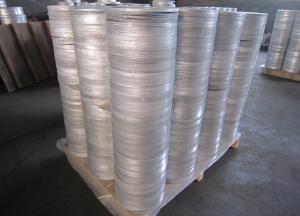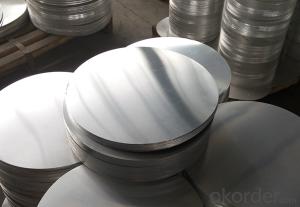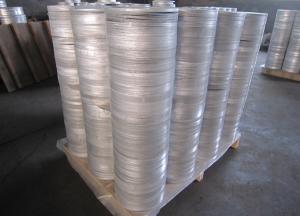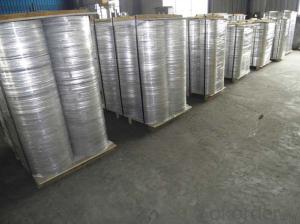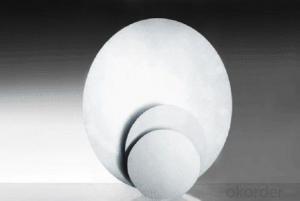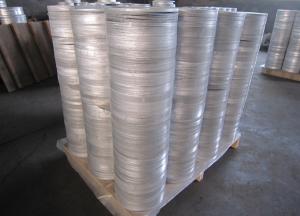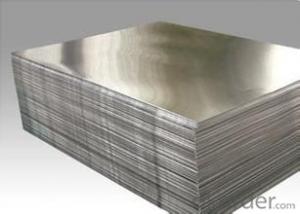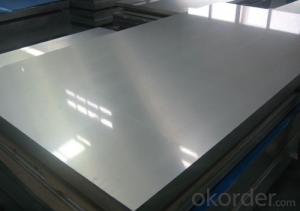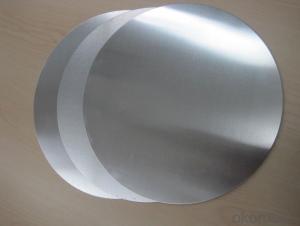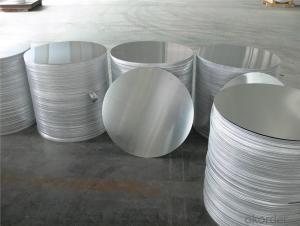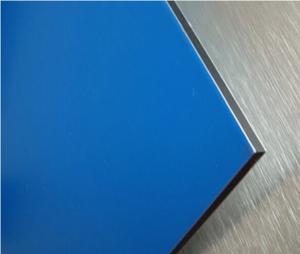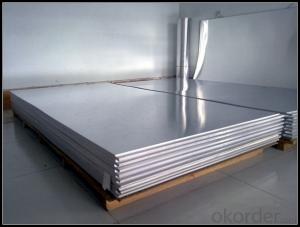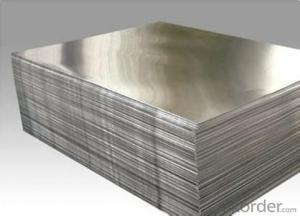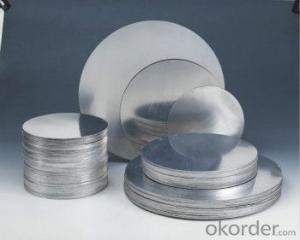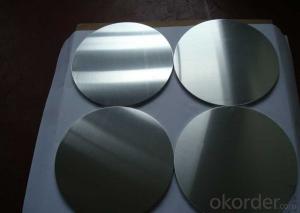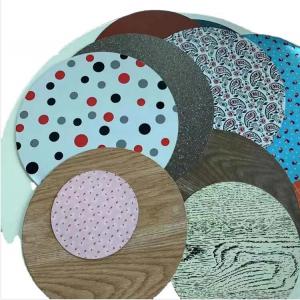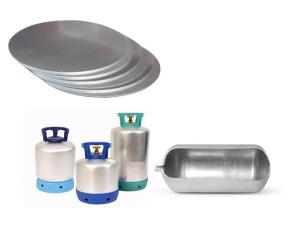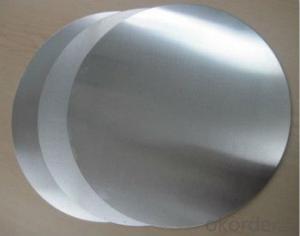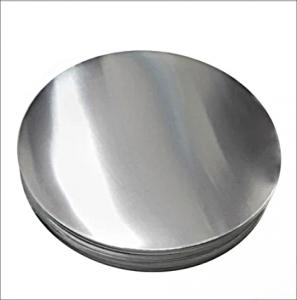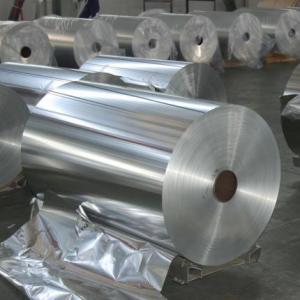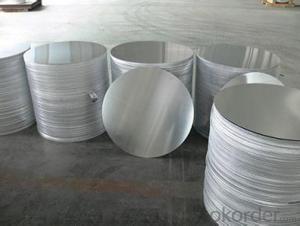Aluminum Sheet Circle
Aluminum Sheet Circle Related Searches
Aluminum Circle Sheet Aluminum Circle Aluminium Circle Circle Aluminum Rolled Aluminum Sheet Aluminum Tray Circle Aluminum Sheet Plate Wholesale Aluminum Circle Aluminum Sheet Coil Aluminum Sheet Metal Rolls Brushed Aluminum Circle Aluminum Sheet With Holes Aluminum Foil Sheet Aluminum Circle Pan Polished Aluminum Sheet Corrugated Aluminum Sheet Aluminum Sheet And Plate Aluminum Circle For Cookware Aluminum Sheet Metal Coil Sheet Of Aluminum Foil Aluminum Checker Plate Sheet Cooking Aluminium Circle Circle Brushed Aluminum Cutting Aluminum Sheet Sheet Diamond Plate Aluminum Sheet Aluminum Diamond Plate Checker Plate Aluminum Sheets Aluminum Circle Manufacturers Aluminum Sheet Diamond Plate Sheet Of Diamond Plate AluminumAluminum Sheet Circle Supplier & Manufacturer from China
Aluminum Sheet Circle is a versatile product made from high-quality aluminum material, known for its excellent strength, durability, and corrosion resistance. These sheets are available in various sizes, thicknesses, and finishes, making them suitable for a wide range of applications. They are commonly used in industries such as aerospace, automotive, construction, and electronics, where lightweight and strong materials are required.The aluminum sheet circle finds its usage in numerous scenarios, including manufacturing components for vehicles, constructing architectural structures, and creating electronic parts. Its lightweight nature and high strength-to-weight ratio make it an ideal choice for applications where weight reduction and durability are crucial. Additionally, its corrosion resistance and recyclability make it an environmentally friendly option for various industries.
Okorder.com is a reputable wholesale supplier of aluminum sheet circle, boasting a large inventory that caters to the diverse needs of customers worldwide. With a commitment to quality and customer satisfaction, Okorder.com ensures that the aluminum sheet circles they provide meet the highest industry standards. Their extensive inventory allows them to offer competitive prices and fast shipping, making them a go-to source for businesses in need of this essential material.
Hot Products
